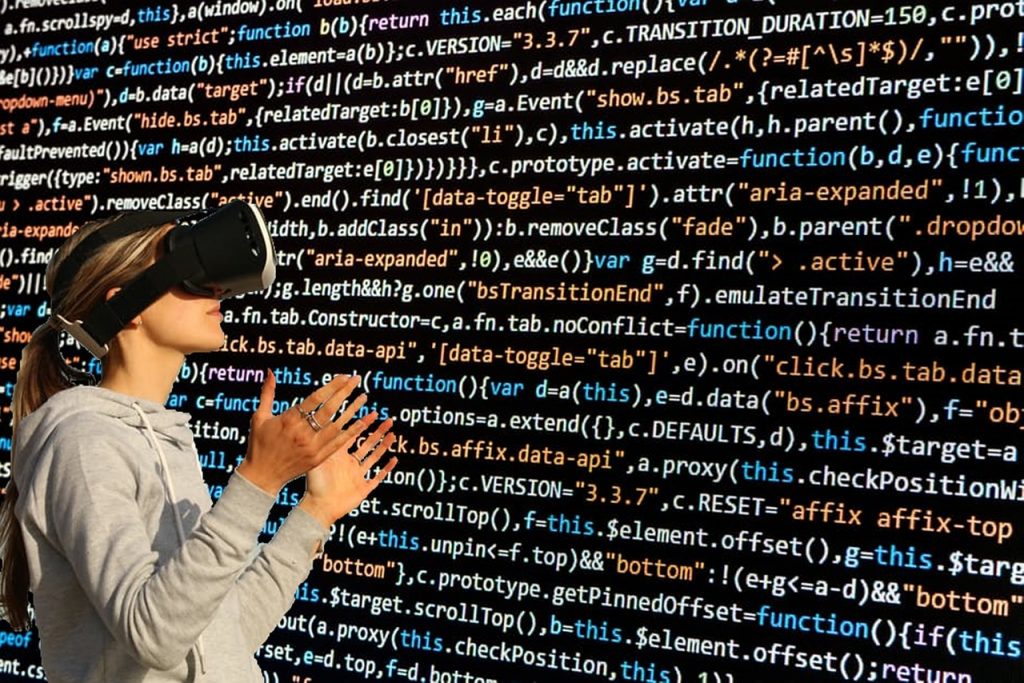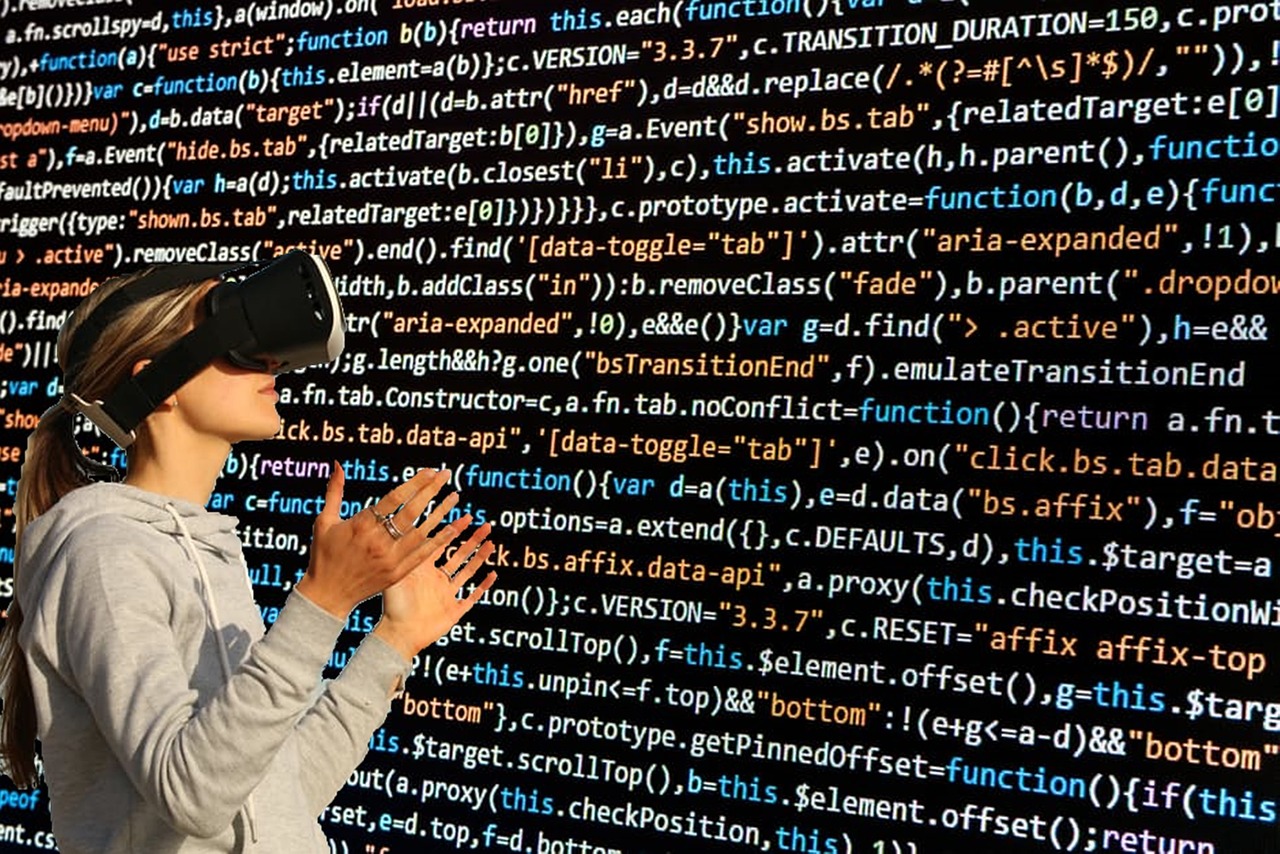Virtual Reality (VR) is no longer just a futuristic concept confined to science fiction. It has become a powerful tool in modern education, revolutionizing how students engage with information and experience learning. As schools, universities, and training centers seek to make learning more immersive, interactive, and impactful, VR offers an exciting frontier. This article explores the numerous benefits of Virtual Reality in education and how it is transforming traditional learning into a dynamic and engaging experience.
What is Virtual Reality in Education?
Virtual Reality refers to a computer-generated simulation of a 3D environment that users can interact with using special equipment such as VR headsets. In education, VR creates immersive experiences that allow students to explore environments, conduct virtual experiments, and engage with content in ways that traditional classroom methods cannot provide.
1. Enhanced Engagement and Motivation
One of the most notable advantages of VR in education is its ability to capture and maintain students’ attention. Immersive experiences make learning fun and engaging, encouraging students to participate actively.
-
Interactive lessons can turn a history lecture into a virtual tour of ancient Rome or transform a biology class into a journey through the human circulatory system.
-
Students are more likely to retain information when they are actively involved in the learning process rather than passively listening.
VR turns education into an experience, rather than just a transfer of information, thereby improving focus and reducing distractions.
2. Improved Knowledge Retention
Numerous studies have shown that people retain more information when they learn through experience. VR provides a unique opportunity for experiential learning, allowing students to “learn by doing” in a safe, controlled environment.

-
Example: Medical students can practice surgeries in a virtual operating room, reinforcing techniques and improving their understanding of complex procedures.
-
The immersive nature of VR helps in encoding memories more deeply, making it easier to recall information later.
This leads to better comprehension and long-term retention of academic concepts.
3. Safe and Risk-Free Learning Environment
VR allows students to explore scenarios that would be too dangerous, expensive, or impractical in real life.
-
Science experiments involving hazardous chemicals can be conducted virtually, reducing safety risks and costs.
-
Flight simulators in aviation schools train pilots to handle emergency situations without endangering lives.
This kind of simulated environment ensures that learners can make mistakes and learn from them without real-world consequences.
4. Accessibility and Inclusion
VR can help make education more inclusive by accommodating different learning needs and styles.
-
Students with disabilities can benefit from VR by engaging with content in ways that suit their abilities. For instance, VR can provide visual and auditory learning experiences for those with physical limitations.
-
Language learners can immerse themselves in virtual environments where they can practice real-life conversations, improving fluency and confidence.
By offering multiple forms of content interaction, VR caters to a broader range of learners, including visual, auditory, and kinesthetic learners.
5. Real-World Skills Development
Virtual Reality is an excellent platform for developing practical, real-world skills that are vital in today’s job market.
-
In vocational training, students can use VR to learn plumbing, electrical work, automotive repair, and more through virtual simulations.
-
In corporate settings, VR is used for onboarding, leadership training, and customer service practice.
These immersive experiences simulate workplace conditions, allowing students and professionals to build confidence and competence in a risk-free environment.
6. Global Learning Opportunities
VR breaks down geographical barriers and allows students to explore the world without leaving the classroom.
-
Students can take virtual field trips to world heritage sites, museums, or even outer space.
-
Cultural immersion experiences help students understand different customs, traditions, and perspectives, fostering global awareness and empathy.
These experiences broaden students’ horizons and enrich their educational journey in ways traditional methods cannot.
7. Encourages Creativity and Innovation
VR provides students with tools to not only consume content but also to create it.
-
Students can design 3D models, virtual worlds, and simulations, enhancing their creativity and technical skills.
-
In subjects like art, architecture, and design, VR serves as a powerful medium for creative expression and innovation.
Encouraging students to build and experiment within VR nurtures problem-solving abilities and a mindset of exploration.
Challenges to Consider
While the benefits of VR in education are substantial, there are challenges to be aware of:
-
Cost: High-quality VR equipment and content development can be expensive for schools and institutions.
-
Accessibility: Not all students have access to VR devices at home.
-
Training: Teachers need proper training to integrate VR effectively into their curriculum.
However, as technology advances and becomes more affordable, these barriers are likely to decrease over time.
Virtual Reality is changing the face of education by making learning more interactive, immersive, and impactful. From improving engagement and retention to fostering real-world skills and creativity, VR offers a host of benefits that traditional education methods cannot match. While challenges remain, the future of VR in education is promising. As more institutions adopt this innovative technology, students around the world will have the opportunity to experience learning in ways that are not only more effective but also more exciting. With VR, education becomes not just a path to knowledge—but a journey of exploration.
